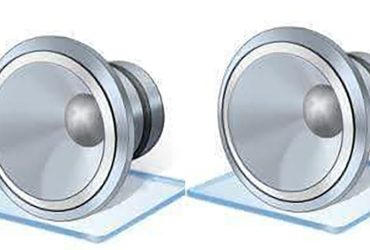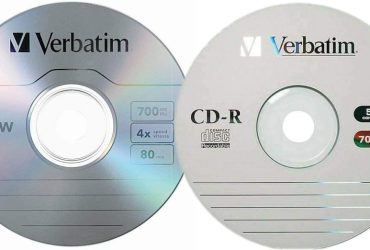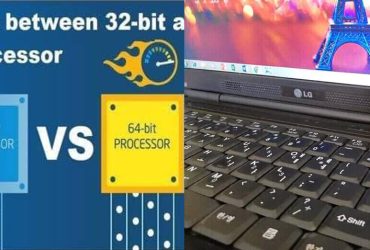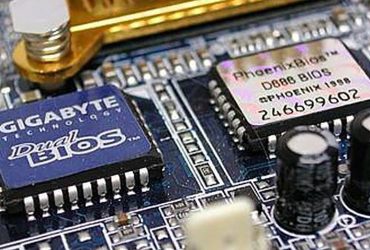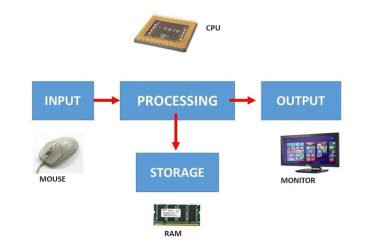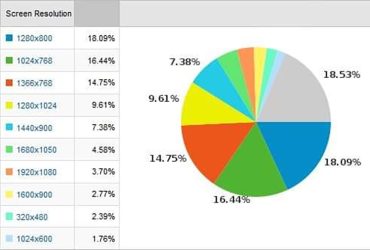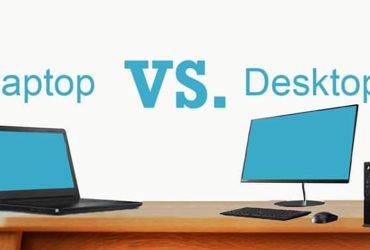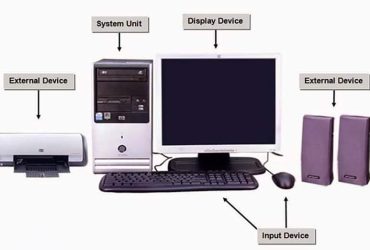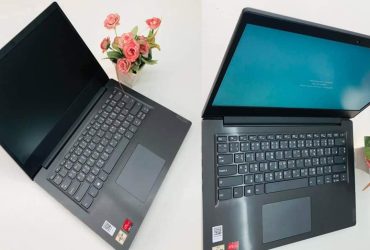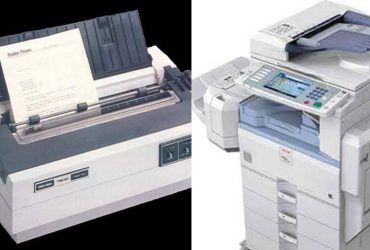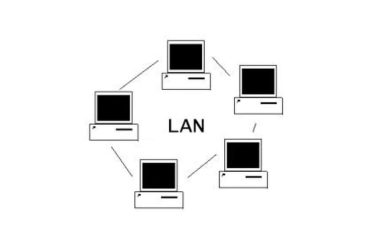USB-C / USB Type C is a term we are very familiar with, and you may have noticed that it is used in many of our phones, tablets, laptops, and other IT-related devices. So, let’s break out about USB-C?
Let me first explain USB.
It stands for Universal Serial Bus, and Wikipedia states.
Telecommunications and power lines.
It is a business standard that applies to plugs and protocols.

It states:
Simply put, Universal means “public” and “universal”. Anywhere Android phones that are closest to us now have different USB ports.
The little messy part has started!
There are many other ports besides USB. For example. 3.5mm Headphone Jack for audio, HDMI for video monitors, and HDMI,…, etc., which are common on TVs. These ports can only be used for their own purposes. Simply put, you can only listen to music with the 3.5mm headphone jack. Can only display video with HDMI and so on.
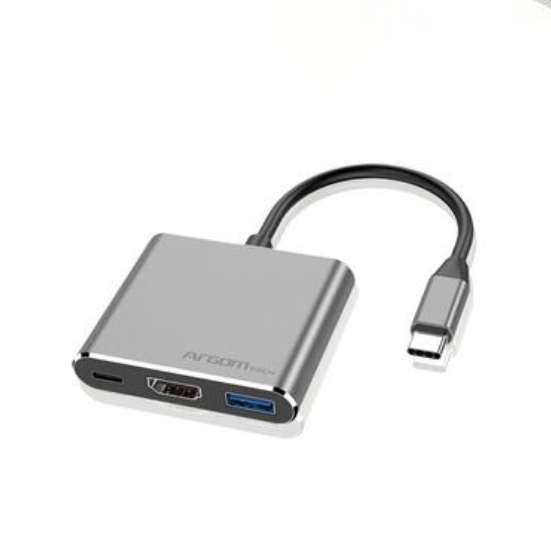
Well, here’s a versatile guy. Versatile USB-C is here! Its advantages are that it is smaller than most other ports, making it ideal for use on thinner phones, tablets, and laptops.
USB-C can carry up to 100W, so it can be used for fast charging and even small battery-powered devices such as laptops. So you don’t need a separate charging port to charge.
It can also be used for data transfer. When copying photos, videos, and other files from one to another, USB-C can support speeds of up to 10 Gbps, so you can convert them quickly. So it’s pretty easy to get into it anyway the first time. This is quite helpful for those who are impatient.
Its main advantage is that it is versatile and versatile, as mentioned earlier.



